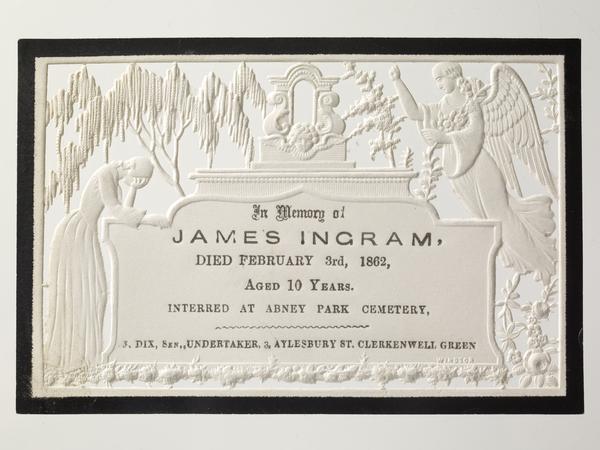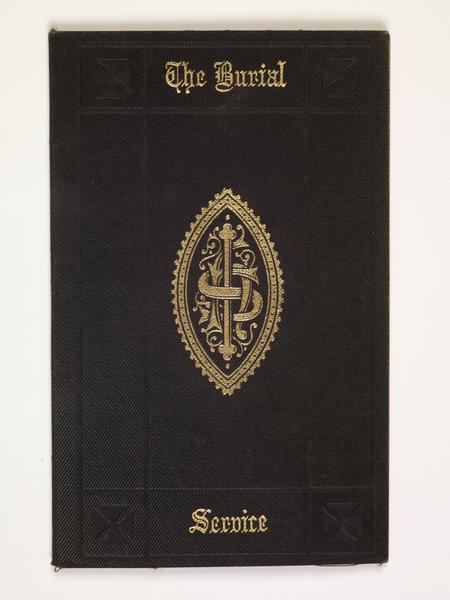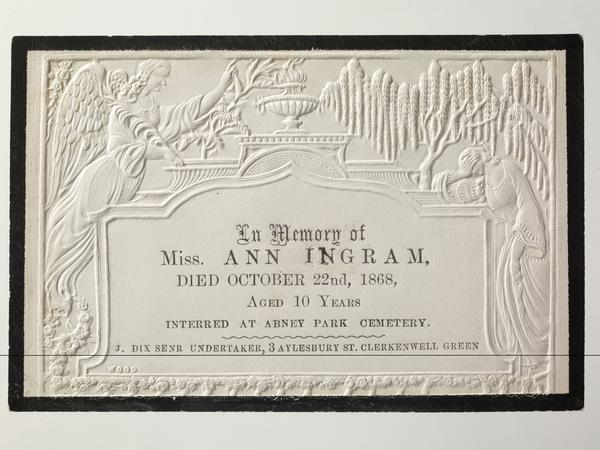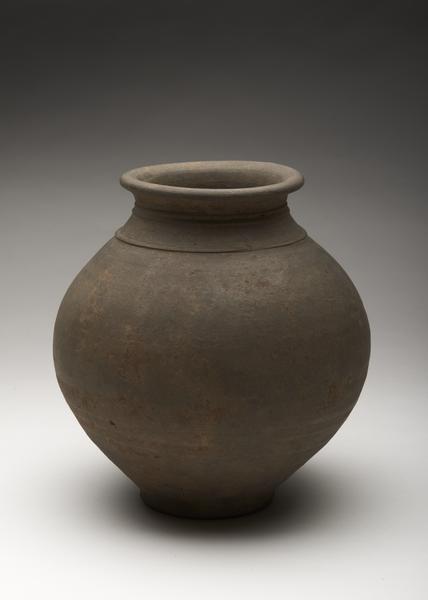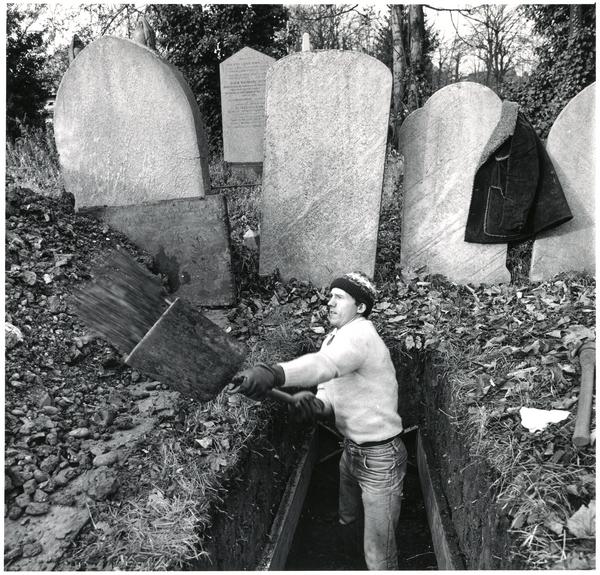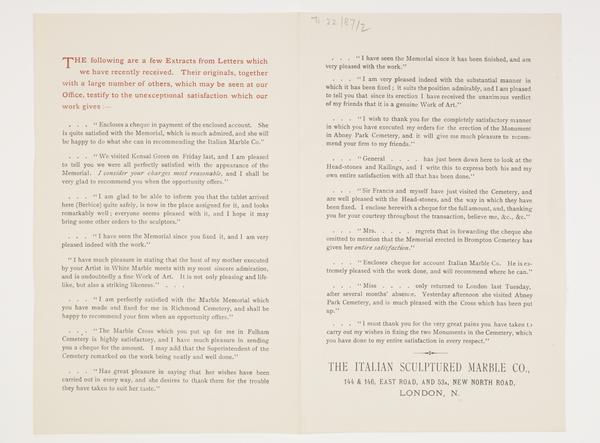Abney Park Cemetery
Abney Park in Stoke Newington is one of London’s Magnificent Seven cemeteries. It’s also a treasured refuge from the city for people and wildlife, thanks to its mixed woodland ecosystem.
Hackney
1840
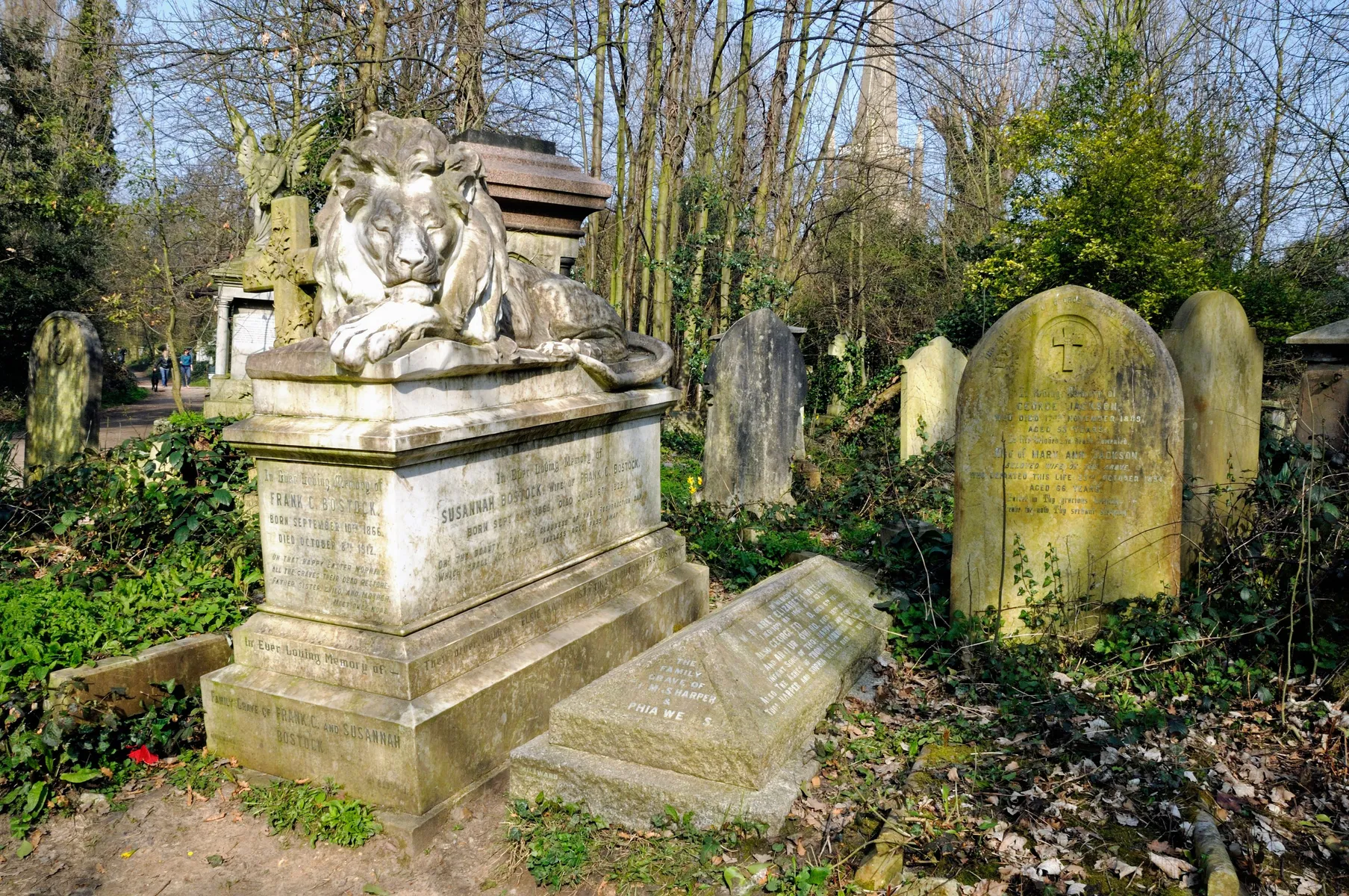
Where burial grounds meet nature
The Magnificent Seven cemeteries were built in response to London’s steep population growth of the Victorian era to ease the overcrowding of parish burial grounds. Abney Park, which opened in 1840, is the smallest of the seven.
It houses the oldest surviving Nonconformist chapel in Europe. Although some Jewish people were also buried there, the cemetery mostly catered for Protestant Christians who didn’t ‘conform’ to the Church of England.
Not just a burial ground
Abney Park was landscaped with winding paths and wooded areas. Unusually, the gardens were laid out as an arboretum, or a tree garden, to showcase different kinds of plant life.
“There is no quieter burial spot within a dozen miles of London”
David W Bartlett, 1861
These 2,500 species of trees and shrubs were planted in alphabetical order and named.
One visitor named David W Bartlett wrote in 1861 that there was “no quieter burial spot within a dozen miles of London in any direction, and there are cedars of Lebanon in it, wide lawns, and beautiful flowers”.
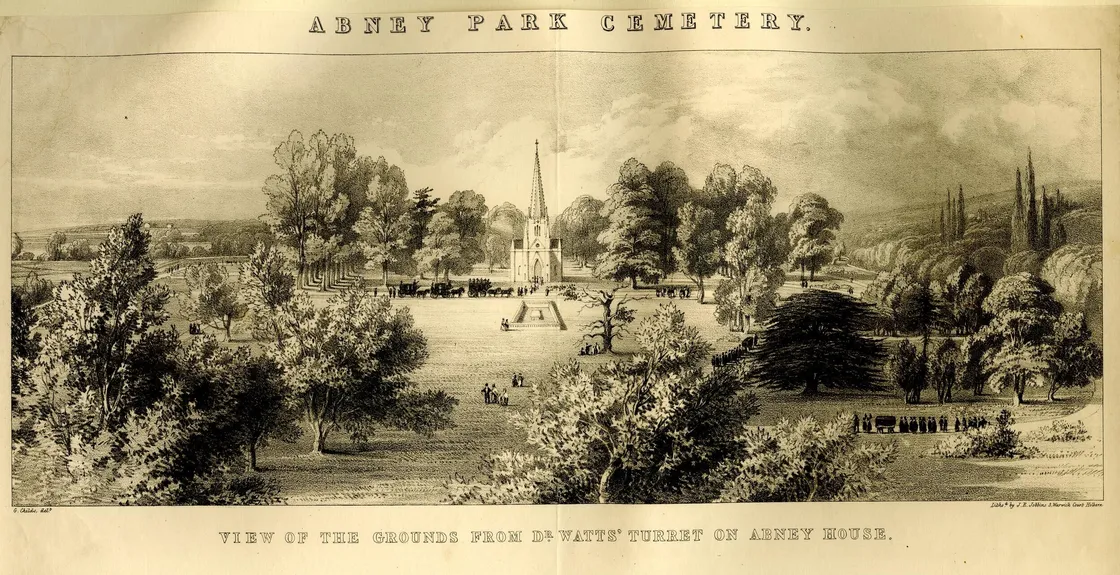
View of Abney Park Chapel, around 1840.
Decline and restoration
Stoke Newington was home to people who were nonconformist in more than religion. Those buried here include Chartists, Suffragettes, Fenians, and teetotallers.
The cemetery has strong connections to the history of the abolition of the British trade in enslaved Africans. Congregational minister John Hoppus and Baptist missionary Thomas Burchell are interred here. As is Joanna Vassa, the daughter of Black activist and abolitionist Olaudah Equiano.

Olaudah Equiano.
Joseph Jackson Fuller, a formerly enslaved Jamaican man who was a Baptist missionary in West Africa in the 1800s, is also buried in the cemetery.
The British Guianan-born author and journalist Eric Derwent Walrond is also a ‘resident’. He was associated with an African American cultural movement called the Harlem Renaissance in 1920s New York City.
Abney Park is the resting place of William and Catherine Booth, the couple who founded the Christian charity the Salvation Army. Many other Salvation Army commissioners are buried there.
Betsi Cadwaladr, a Welsh nurse sometimes called ‘the forgotten Florence Nightingale’, is also buried at Abney Park.
Decline and restoration
The Gothic-style chapel, Egyptian lodges and entrance gates were designed by William Hosking. However, with no money to look after Abney Park, many of the cemetery’s graves and buildings were damaged and wildlife had taken over.
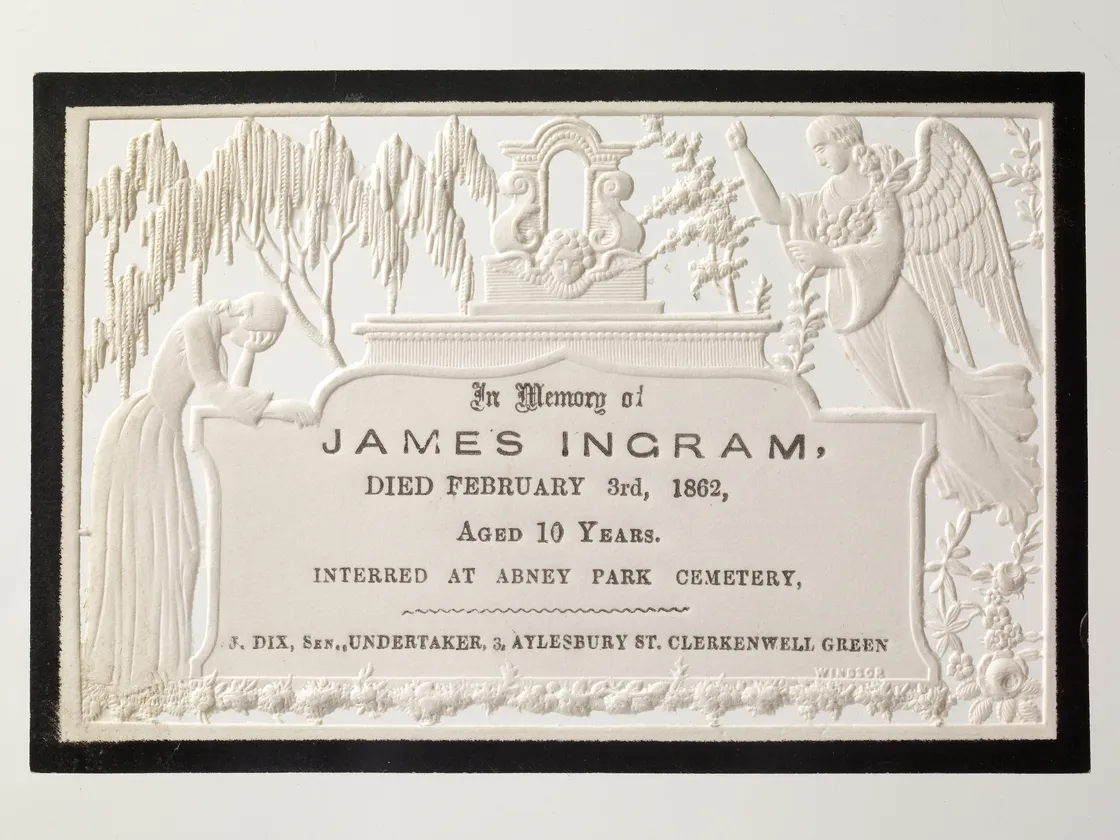
Memorial card made in memory of James Ingram, who was buried in the cemetery in 1862.
Hackney London Borough Council took control in 1978 and now works with Abney Park Trust to look after it. Today, the cemetery can be enjoyed by people, animals and plants, while respecting its purpose as a peaceful burial ground.
As well as opening the cemetery to visitors for free, the trust organises tours, workshops and cultural events to celebrate Abney Park’s history and nature.
Abney Park Chapel has also been recently restored to its former glory as part of a National Lottery Heritage Fund-supported project. The Grade II-listed building now hosts weddings, funeral ceremonies and other events.


